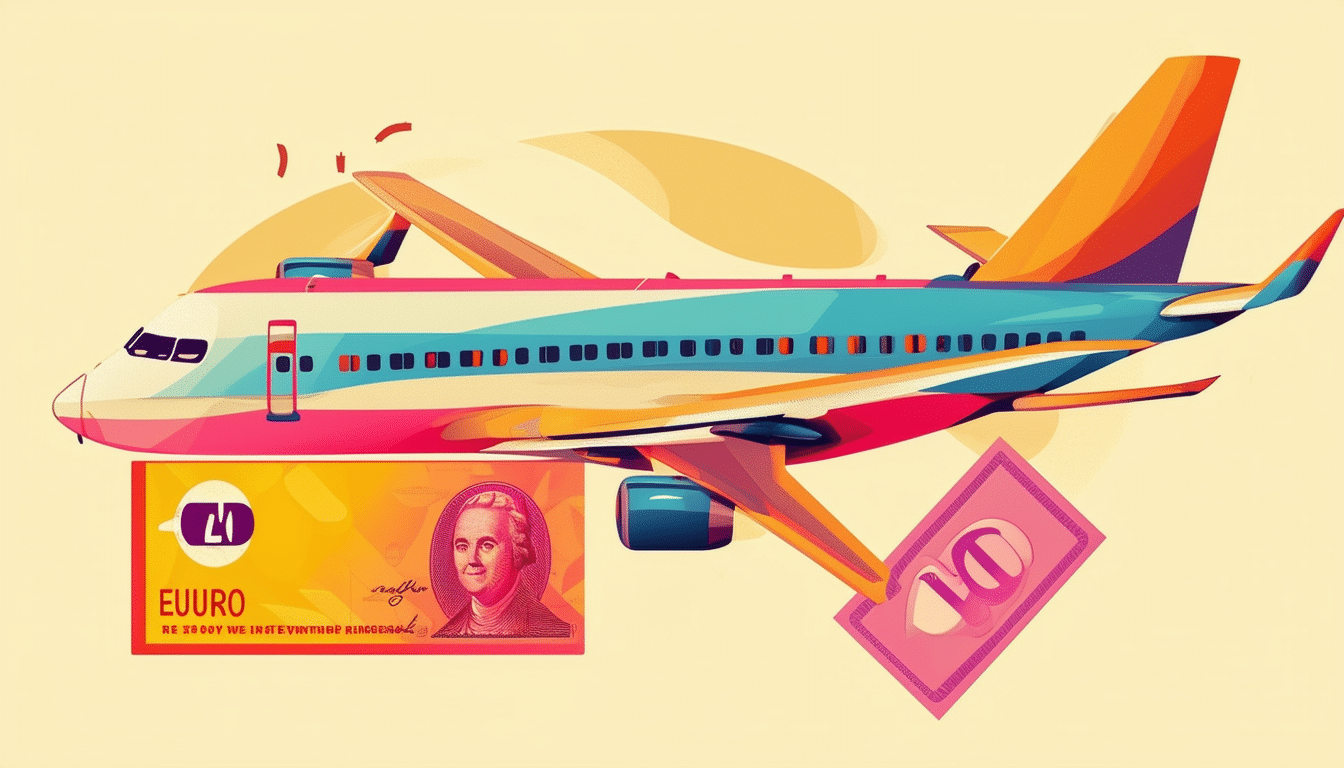In a world increasingly focused on the dematerialization of payments, traveling without cash has become a reality for many globetrotters. The move towards a cashless society has a significant impact on the use of foreign currencies when traveling abroad. How does this transition influence our spending habits and payment choices when traveling? Let’s try together to understand the new trends that are shaping our experiences abroad in a constantly changing world.
Goodbye banknotes, hello digital payments!
Remember when bringing back an exotic bank note was the ultimate travel souvenir? Now it’s time to find an alternative. With the meteoric rise of payment apps, cash is becoming a relic in many regions of the world.
A new ritual for modern travelers
As the holidays approach, something has changed. No more long queues in front of exchange offices! From now on, globetrotters are banking on Bank cards and the mobile apps to pay for their purchases. Some, like Emmanuelle, who traveled to China last year, have completely abandoned cash. Instead, she used apps like Alipay and WeChat (okay, the latter required a Chinese bank account at the time).
During her trip, Emmanuelle only needed “real” tickets once, during a canoe trip. Imagine: even beggars use their QR codes to receive money! There, you start to feel the tide turning, right?
Changing payment habits
This paradigm shift is gaining ground, even in France. even though coins and notes are still popular, they represent fewer and fewer transactions (50% in 2022 compared to 57% in 2019). But in many foreign destinations, this transition is even more marked.
Exchange offices are also seeing an impact. Cécile Courty, manager of a currency exchange office in Paris, notes that French travelers walk around with less cash in their pockets. According to her, certain currencies such as the Swiss franc or the Bulgarian lev experience almost non-existent demand. On the other hand, banking services like Revolut, which offers favorable exchange rates, attract those traveling to multiple destinations.
The rise of cashless territories
Cashless territories are multiplying. Singapore and some Nordic countries have almost become “cashless” zones. In South Africa, for example, paying by card or mobile apps is the norm, not only for convenience but also for security reasons.
Solène, a young 33-year-old traveler, discovered this reality in South Africa. She and her sister barely need to withdraw cash for taxi fare and tips. For Solène, this was a new experience because she still associates cash with a certain physical security in the event of a problem with the bank card or the machine.
What memories for today’s travelers?
With the decline in the use of cash, the dollar or euro are no longer the travel souvenirs they once were. Yet other travelers continue to cherish these pieces of paper, especially when visiting destinations like Sri Lanka, where they are not sure they will ever return.
While some destinations are becoming more cashless, others still require cash. Fans of exotic banknotes can still find satisfaction in many countries in Eastern Europe, Asia and South America. Much more than a simple magnet or a souvenir unearthed in a flea market, these tickets still represent a tangible trace of their passage.









